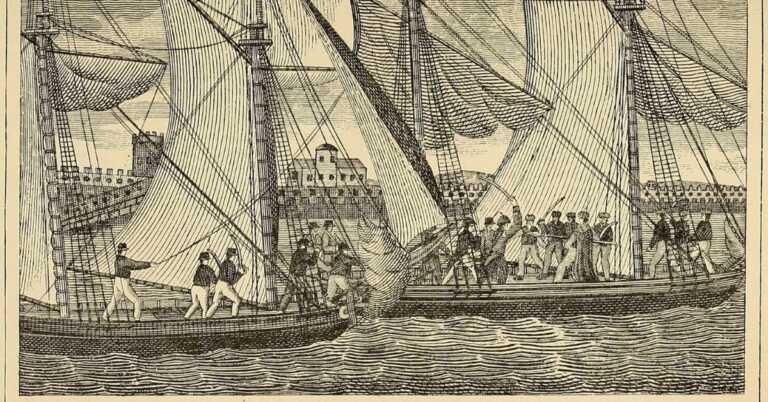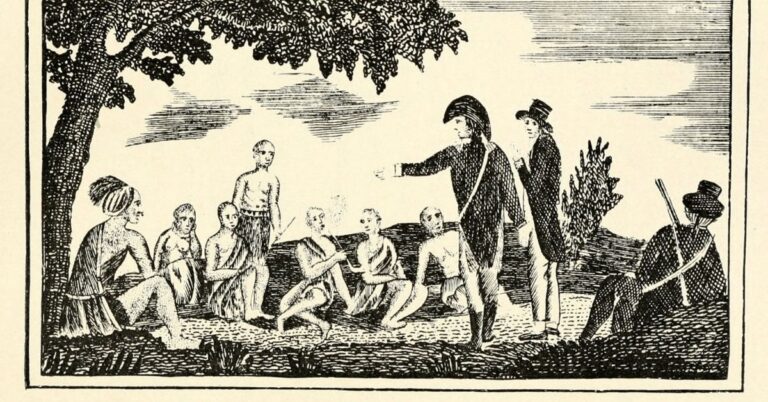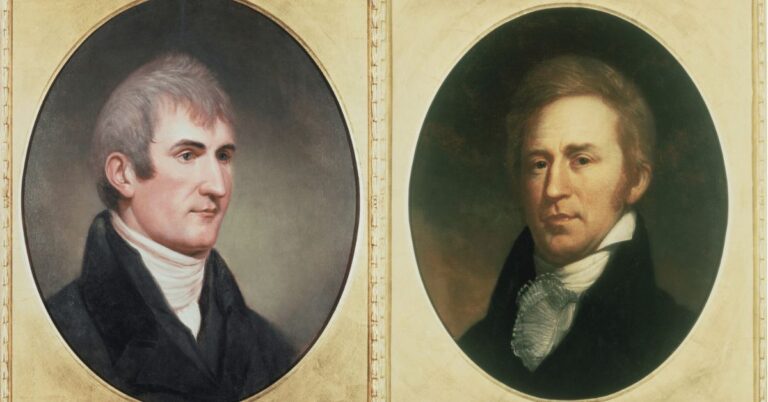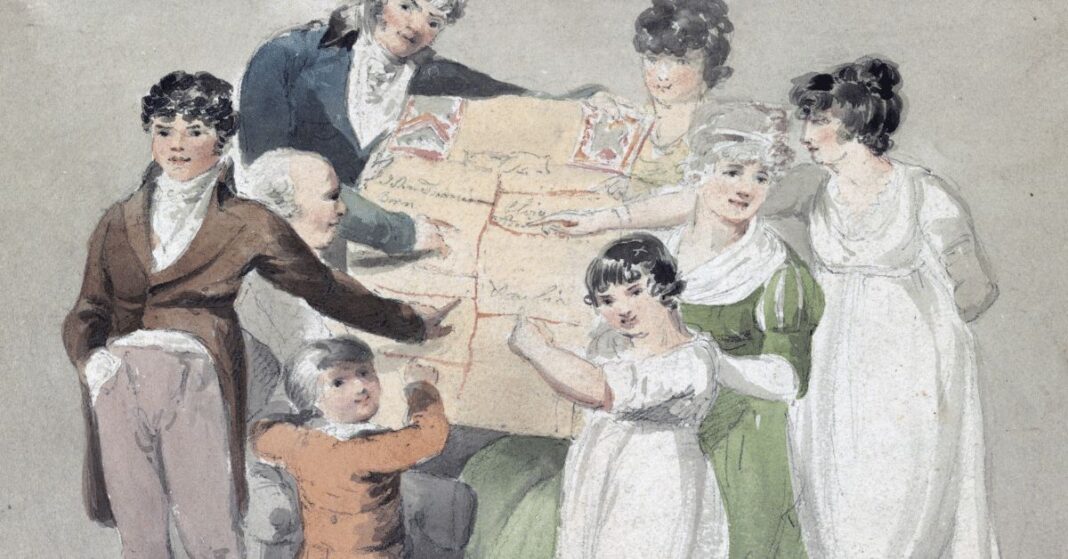Introduction
On July 13, 1918, Spokane Police Department patrol officers were dispatched to the 1800 E Everett area. They were able to obtain several pieces of information from the area. Among these pieces are the Scrapbook of cards that Everett received from European and American correspondents, Manuscript sermons written by early New England clergymen, and Accounts of the day. These are all documents that help shed some light on what happened on this day in Spokane.

Spokane Police Department patrol officers responded to the area of 1800 E Everett on July 13, 1918
Several Spokane Police Department patrol officers responded to a shooting in the 1800 E. Everett area on July 13, 1918. The officers involved in the shooting were on administrative leave. The Spokane Police Department has been required to provide a weekly report regarding deadly force incidents, despite the lack of new information. The department will release the names and addresses of those involved.
The investigation division was separated into three functional units, each responsible for a specific type of crime. The Special Investigation Unit investigated vice and narcotics laws, while the property crimes unit assigned cases based on geography and type of crime. A Captain supervised the investigation division and reported to the Operations Assistant Chief. In 1917, the Spokane Police Department’s number of patrol officers increased to four.
The incident began in a home in the 1800 E. Everett neighborhood. Patrol officers responded to a disturbance in this area, and they encountered a man with a knife and a small child. The officers immediately began responding to the call and a shooting ensued. Fortunately, the child was unharmed, but the suspect died of his injuries. The incident is under investigation by the Spokane Independent Investigation Response Team, which is comprised of representatives from several law enforcement agencies. The Washington State Patrol is the managing agency for this investigation. Spokane Police Department patrol officers will not participate in the investigation.
When the SPD first received the 911 call, they found an abandoned car. They spoke to individuals who believed the body of a deceased person was found in the trunk. Later, the police uncovered a human body in the trunk of the vehicle. In October 2020, Eisenman learned that his daughter had been sold to a sex trafficking organization in the Seattle area. He obtained information that the deceased may have been responsible for the juvenile daughter’s sale. He rescued her from Spokane’s area in October 2020.
Scrapbook of cards received by Everett from a variety of American and European correspondents
The Edward Everett Papers include correspondence, letterbooks, diaries, and printed works. The letters include those of early American statesmen such as John Adams, George Washington, and James Madison. Other materials in the collection include letters and manuscript drafts of Everett’s speeches and sermons. The correspondence is organized into subseries A and B.
The majority of the Series V collection is in excellent condition. Newspaper clippings and photo albums were placed in polyester sleeves, and any photographs were placed between album pages to prevent discoloration. The scrapbooks and photo albums were originally made from brittle paper and have been preserved in a archival-grade polyester sleeve. The correspondence between Everett and many of his American and European correspondents reveals her closeness and intellectual prowess as an art historian.
The scrapbook also includes clippings from Seattle newspapers. These clippings are not chronological, and are often found in a different volume of the scrapbook. In some cases, clippings from out-of-town newspapers are included in the Seattle papers volume. The scrapbooks contain both English-language and non-English-language publications. They are not available in the original format, however, due to their fragile nature.
Other items in the scrapbook include postcards from the tercentenary celebrations in New York and Delaware. The royal family of Sweden was among those who attended the events. The scrapbook includes an inscription indicating that it was a gift to the library from one of Everett’s brothers in 1956. It is also noteworthy that this scrapbook contains an inscription on the first page that identifies it as a gift from his brothers.
Manuscript Sermons of Early New England Clergymen
The manuscript sermons of early New England clergyman contain some of the most important teachings of the colonial period. Many of these clergymen were also merchants, selling everything from gloves to rings. They believed in the importance of the sanctity of human life, and their message often inspired the public to join the revolution. Yet, while these clergymen were not the most famous in history, they remained significant in the American context.
The manuscript sermons of early New England clergymen are of great interest not only because they are preserved, but because they can provide a unique glimpse into the life and times of these religious leaders. These ministers could scarcely afford to write on paper, which was expensive and taxed. Thus, they made first drafts of their sermons on wrapping paper, the backs of letters, and even the margins of newspapers. These sermons were then copied into their sermon-books, and many of them have remarkably good penmanship.
The manuscript sermons of early New England clergymen were important and popular. These sermons were often evangelistic, with a “fire-and-brimstone” message. One of the most famous examples of an evangelistic sermon is that of Jonathan Edwards, who famously preached “Sinners in the Hands of an Angry God.” These sermons divided the Christian world and created the most fervent fervor in early America. Some sermons are biographical, in which the story of a biblical character is traced through many parts of the Bible.
The collection includes both religious and secular texts. Some manuscript sermons, like those of Cotton Mather, were written at the request of the hearers. This volume contains a funeral sermon for Mather’s daughter Katharin, who died of consumption at the age of twenty-seven. Despite the large number of sermons and books in the manuscript Bible, Cotton Mather’s sermons reflect his interest in science and religion.

Accounts
The 1800 E. Everett accounts contain documents, correspondence, and other materials relating to the Everett family. They also contain papers and diaries belonging to Robert Everett’s daughters, including Charlotte Everett Wise (1823-1879) and Anne Gorham Everett (1796-1862).
The majority of the papers in this series are letters written by Everett. The subseries Everett letters consists of letters and other materials related to Everett, including letterbooks and personal documents. These materials are arranged under the following headings in ABIGAIL, the online catalog of the Massachusetts Historical Society. These headings indicate how to access Everett’s personal journals and other documents related to the Everett family.

Diaries of Two of His Daughters
The Peterkin Papers is a collection of letters and diaries written by Lucretia Peabody Hale, who was born in Boston in 1820. She was the daughter of Nathan Hale, who owned the Boston Daily Advertiser and was influential in the creation of editorial commentaries in newspapers. Her sister, Sarah Preston Everett Hale, married a Unitarian minister.
After the war, Everett traveled to Greece. There, she met Lord Byron and traveled to the court of Ali Pasha. The two of them stayed at the same hotel, and they dated for a year. Lucretia never married. She also met and became engaged to a doctor. Their mother died in 1873, and the two daughters shared their love for one another.
Lucretia Hale was one of the sisters of several writers, including short story writer Edward Everett Hale. While she was a schoolgirl, she wrote reviews and translated articles. She was also very involved in literary circles. Her sisters called her Aunt, and she had several fanciful stories accepted by the Atlantic Monthly. Her sister, Eliza, and sister Susan Lyman Lesley, also called her Aunt.
After his retirement from Harvard in 1821, Everett was active in several organizations. He helped found the Unitarian Historical Society and served as editor of the North American Review. While in Paris, he met Adamantios Korais, a leading Greek intellectual who had been well-known in the diaspora. Korais later became the president of the United States, and Everett and Korais remained friends.

Collection of Civil War Documents - 1800 E Everett
Spokane Police Department officers responded to a call for service at 1800 E Everett around 5:15 a.m. The patrol officers spoke with several individuals who claimed to have found a body inside the trunk. A search of the vehicle’s trunk turned up nothing. Police are investigating the incident. In the meantime, they are trying to find the body. If you’re interested in knowing more about the case, read on.
Correspondents
The series is primarily comprised of letters written by and to Edward Everett. However, there is a subseries of letters written by various correspondents to Everett. Everett, his wife Charlotte Gray Brooks, and his brother Alexander Hill Everett are all represented, as are his father-in-law Peter Chardon Brooks, and his brother-in-law Charles Francis Adams. Other letters by Everett’s family include letters written to him by Daniel Webster, John Quincy Adams, and Robert C. Winthrop.
The Edward Everett papers consist of correspondence, letterbooks, diaries, speeches, and sermons. Everett wrote to several early American statesmen, including John Adams, George Washington, James Madison, and others. The Everett letters and diaries contain correspondence, manuscript drafts, speeches, sermons, and printed works. The Everett papers contain many documents that are not transcribed in the originals.

Speeches
The 1800 E Everett speech outlines the main events of the Civil War. It is an important historical document for many reasons. Everett was a scholar of classical literature, and several allusions to fallen Greek heroes are found throughout his speech. He begins his speech by referencing the funeral of Pericles, and then moves on to draw parallels between the dead at Gettysburg and those who fell at Marathon. He retells the events of the Battle of Gettysburg, blaming the Confederates for rebelling and allowing Lee to escape. In addition, he absolves Meade of blame for allowing Lee to escape and condemns the Confederates for their rebellion. Eventually, he concludes the speech after nearly two hours.
Everett was elected to the U. S. House of Representatives and served as governor of Massachusetts. He briefly returned to academia as president of Harvard University from 1846 to 1849. In 1852, he served as secretary of state in Washington. In 1853, he was elected to the U. S. Senate, where he was a popular orator. This speech was one of the most famous of its kind in American history.
The Everett Letters subseries contains letters and other documents written by Everett. The letters contain letters and other materials from various people and correspondences, as well as the speech itself. In particular, the letters of Everett’s wife Charlotte Gray Brooks are represented, as are those of his brother Alexander Hill. In addition to his own correspondence, Everett’s family members include John Quincy Adams, Daniel Webster, and Robert C. Winthrop.

Account book
An unidentified account book from the early 1800s records ordinary living expenses and includes diplomatic papers from Alexander Hill Everett, including long statements in Spanish translated into English. Another item is a manuscript copy of James Madison’s notes from the Constitutional Convention, which seems identical to the published version by Gaillard Hunt. Both of these items contain information about Everett’s travels and correspondence, including the names and addresses of foreign travelers he met.
The correspondence in the Everett account book includes letters and official dispatches from a range of officials, including Lord Aberdeen, J. F. Crampton, and Daniel Webster. Other prominent correspondents include the Baring Brothers, James Hagarty, and William H. Prescott. The Everett account book also includes letters to Lord Aberdeen, Daniel Webster, and Lewis Cass.
The Everett account book includes notes on various topics, including religion, politics, and personal matters. It also includes a five-page article on discipline, three pages from Agenda, and a poem that has not been identified, but was published in 1787. Everett also kept a personal library, which includes a list of books. This book also includes a manuscript of Everett’s visit to Washington in Nov. 1814. It is also worth checking out for its detailed account of the events.

Books
The collection contains over seventy-five pieces of Everett’s published works and manuscripts. These include several letters he wrote, as well as a sermon delivered at Gottingen in 1817, notes on his plans for teaching Greek language in a classroom, two unidentified printed Greek texts, and manuscript drafts of his writings, including a translation of Lessing’s Emilia Galotti. His journals also include numerous lectures and lists of books he purchased during his time in Holland.
The collection also includes his papers, mostly from the 1850s. Among the many papers in his collection is a typescript of his life he wrote for his grandson in 1910. Other items in the collection include correspondence between Everett and his grandson, as well as correspondence regarding the Hulsemann letter, international copyright, and his own drafts of speeches. These papers provide a glimpse of Everett’s diverse interests.
There are also letters written by Everett to a variety of correspondents. Some of the letters were published in Everett’s letterbooks, including those of his brother Alexander Hill and Mrs. John Quincy Adams. The Everett letters also include many documents related to his political career, including his correspondence with William H. Prescott. Some of the Everett books contain an alphabetical list of these letters.
Dove Creek battle
The Dove Creek Battle took place 155 years ago. The event was recorded in history books under several different headings. The San Angelo Standard-Times published an article commemorating the centennial of the battle. In that article, Please Everett, a 19-year-old ranch hand, talks about his gun and the events leading up to the battle. He describes the importance of the battle and how it changed his life.
The Texans had not paid attention to the odds of an Indian battle. Because the Indians were fighting on horseback, there was a small number of whites engaged at one time. Most of the frontiersmen fought from concealed positions and prepared positions, outlasting the hostiles. This meant that the whites were usually better armed. However, there was no sign of a postponement.
The scouts’ rummage led to a raging conflict that lasted two days. At one point, a few Indians demanded to know who these men were. Then, they asked the Captain of the Fort to send out an express. The Fort had sent out 100 Confederates and a dozen or so scouts. The Confederates sent their force across the Concho and Colorado rivers and eventually overcame the Kickapoos at Dove Creek. It was estimated that about nine hundred Indians were involved in the battle.
In the meantime, the Confederates made their move, moving in front of the Indian camp. After the herd moved out, the wounded were put on horses. Fossett’s men slipped parallel to Dove Creek, remaining between the retreating column and the Indian camp. R.C. Porter’s rear guard had to be kept from the Indians. Porter, who had taken command of the rear guard, spotted a few unmounted Indians in the foreground. Suddenly, the front line under Porter was cut off from the right. Then, the Kickapoos were waiting at the creek’s crossing, firing on the wounded.
Family feud with Tutts
The Everetts and Tutts began fighting in 1800 E. Everett after Jesse N. Everett and Jacob Stratton moved to the area from Denton Co. TX. The Everetts were in town when Hamp Tutt was kept out of a town meeting. The Everetts then began a line outside the Tutt Store and spat epithets at one another. The Everetts and Tutts would fight back and forth for some time before they quelled their feud.
The violence began during a public debate in Yellville, Arkansas. Both factions gathered in a saloon across the street. The two sides began fighting with fists and guns. When the gunfire subsided, the feud spilled out onto the street. Mooney called in several men from the county to clean up the mess. Mooney and his men fought back.
After hearing the report, Old Jess Everett armed himself. He captured the King brothers near the Arkansas River and escorted them to Yellville. Afterwards, Hamp and his followers killed three brothers and injured a fourth. Hamp Tutt then became a local hero and was elected county representative. After his death, Hamp Tutt was quartered in his home.
The Everett family grew up in a small town in central Arkansas and fought each other in political races. The Everetts were Democrats while the Tutts were Whigs. This feud was so bitter that it spread to most families in the county. It was known as the Marion County War. The Everett family, however, eventually prevailed.






